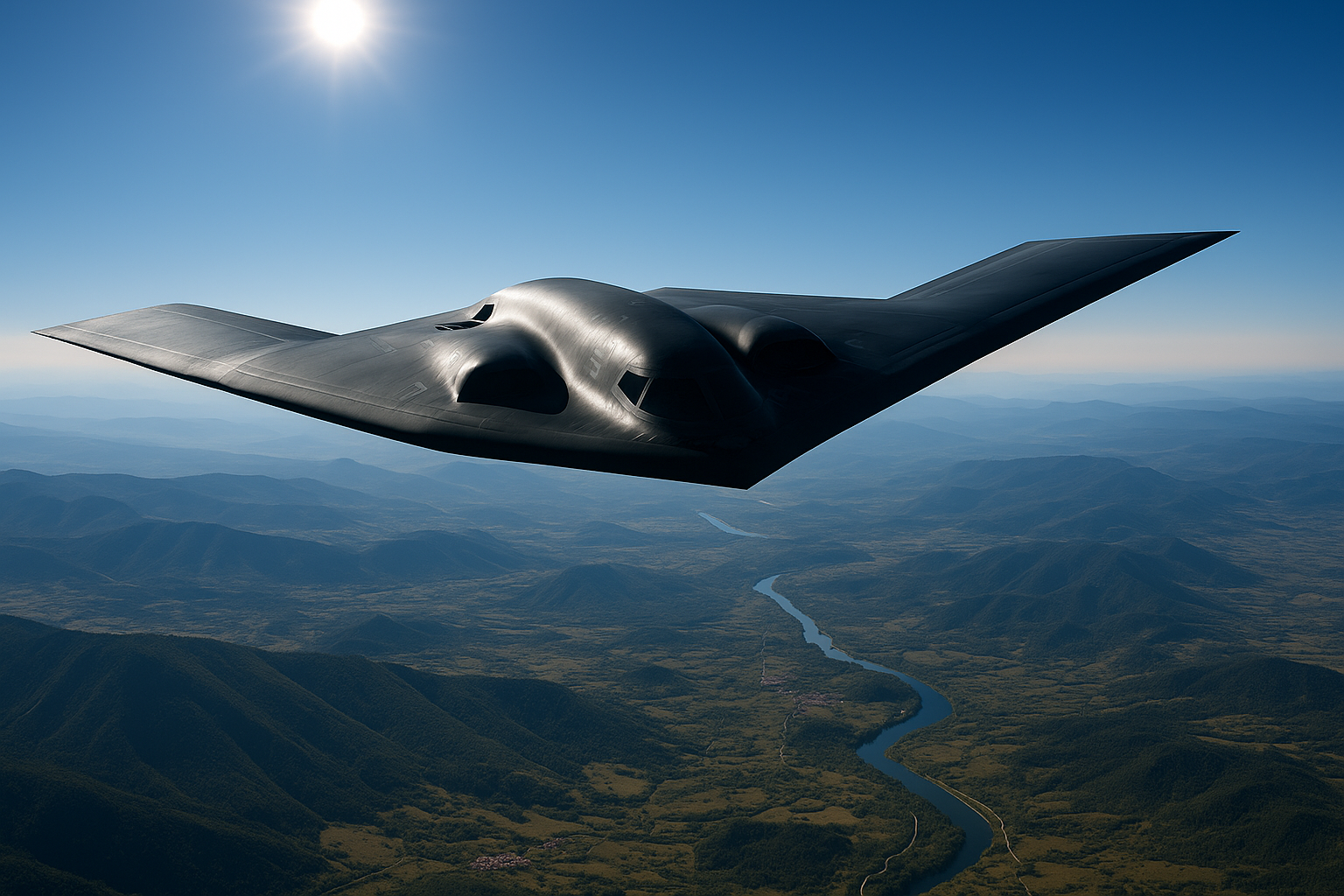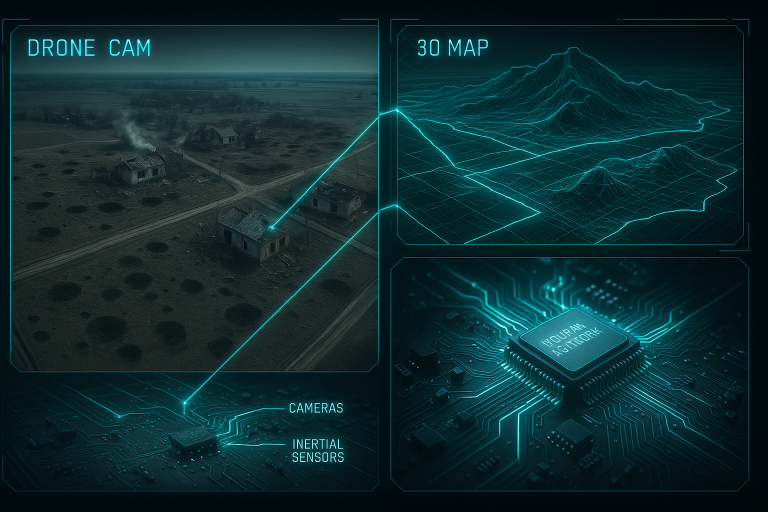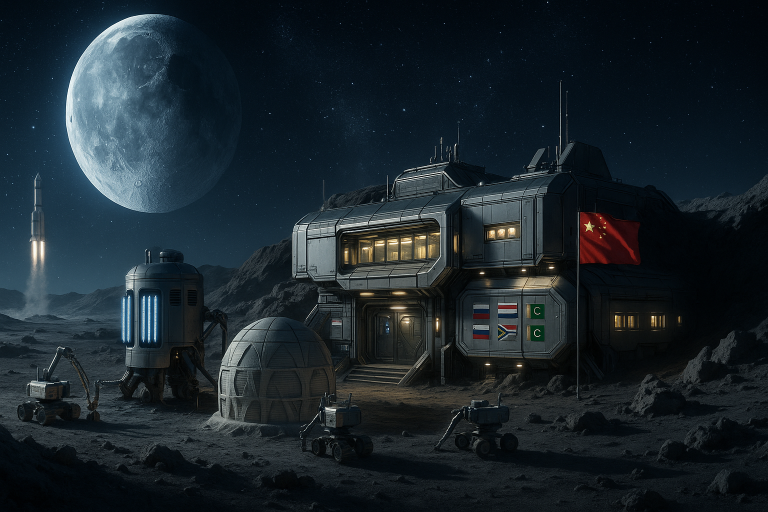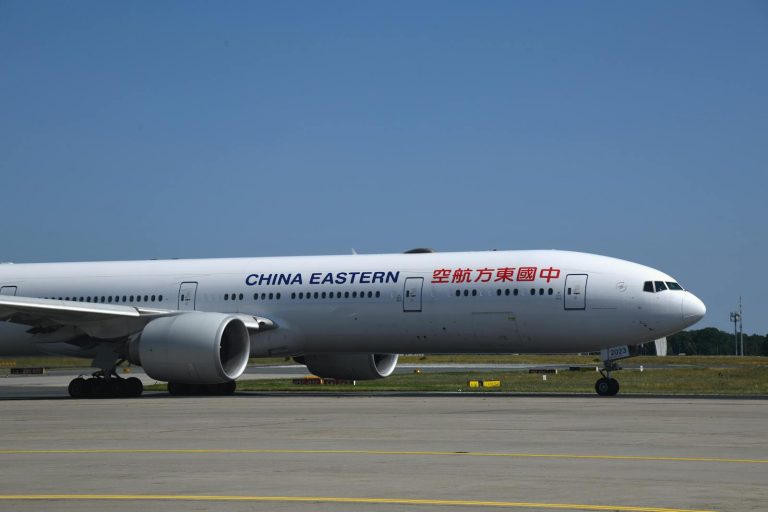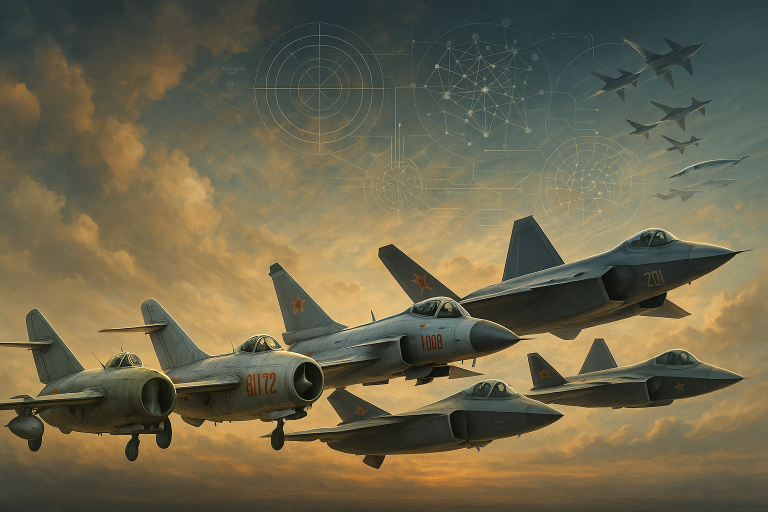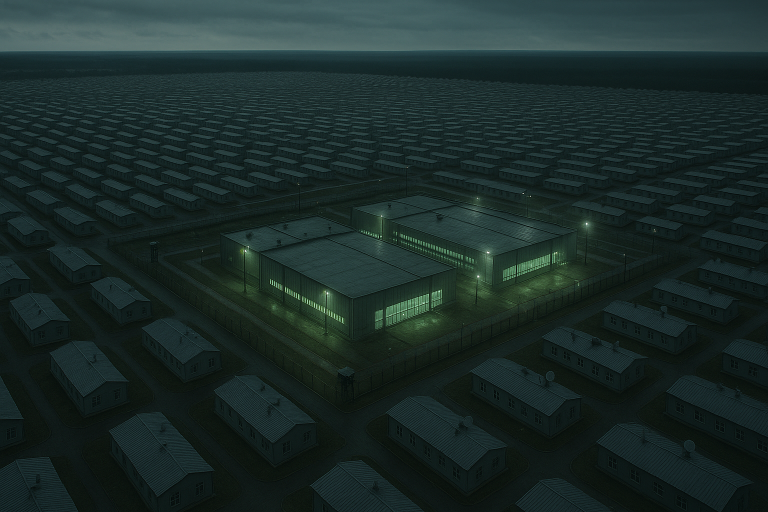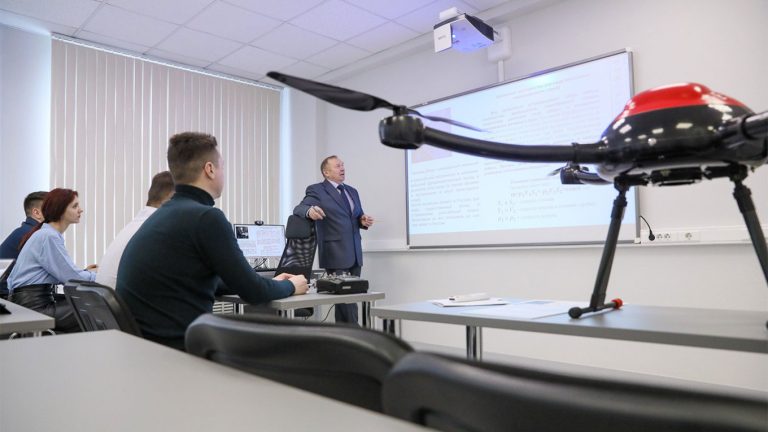How the B-2 Spirit Bombers Redefined Aerial Warfare
On the night of April 8, 1999, a U.S. Air Force B-2 Spirit stealth bomber soared high above Yugoslavia, invisible to the human eye and—ideally—to enemy radar. Deep within its angular cockpit, Major Tom Bussiere, seated beside his co-pilot, monitored flight systems, weapons status, and threat alerts in complete darkness. Below them, thunderstorms raged violently across the Balkan landscape, jagged streaks of lightning illuminating a region already embroiled in conflict.
It was the height of Operation Allied Force, NATO’s air campaign against Slobodan Milošević’s regime, and tonight’s mission marked a first in military aviation history. Two B-2 bombers had been dispatched without support aircraft—no fighter escorts, no electronic warfare planes, no midair refueling. They were on their own, tasked with a daring strike against a fortified command-and-control center near Belgrade.
Their goal: cripple Yugoslavia’s military coordination—and do it without being seen.
The Mission: High Risk, High Reward
The B-2s had departed Whiteman Air Force Base in Missouri more than 14 hours earlier, traversing the Atlantic and entering contested airspace under radio silence. Armed with JDAMs (Joint Direct Attack Munitions)—a revolutionary GPS-guided bomb—these bombers could drop munitions with pinpoint accuracy through clouds, smoke, or darkness.
Yet for all their technological advantage, the risks were immense. Just twelve days earlier, a stealthy F-117 Nighthawk had been shot down by a Yugoslav SA-3 missile system—a sobering reminder that even low-observable aircraft could be tracked and destroyed.
The B-2, despite its cutting-edge stealth, carried no defensive weapons. If detected, it couldn’t outrun MiG-29 Fulcrums, nor could it outmaneuver surface-to-air missiles. Its only chance was to remain a ghost—unseen, unheard, untouched.
As the cockpit lights dimmed to prevent any reflection off the glass canopy, Bussiere toggled the “PEN” switch—engaging the aircraft’s maximum stealth configuration. He turned to his co-pilot and, in a steady voice, said, “Weapons check complete. Let’s go—it’s game time.”
The Strike
At 02:37 local time, the B-2 released its payload. The JDAMs, guided by satellite signals, streaked downward through the storm, detonating with devastating precision. The command center was obliterated. By the time Yugoslav radar operators realized what had happened, the B-2 was already banking away, disappearing once more into the night.
The mission was a resounding success—one that would cement the B-2’s reputation as the most formidable strategic bomber in history.
“The mission wasn’t just about striking a target – it was about proving that the enemy would never see us coming.”
— General Tom Bussiere (reflecting on the April 8, 1999, B-2 mission)
The B-2 Spirit: The Stealth Bomber That Redefined Air Warfare
1. Origins and Development: A Cold War Phantom
The B-2’s story begins in the late 1970s, as the U.S. military sought a way to penetrate Soviet air defenses and deliver nuclear payloads undetected. In response, the Advanced Technology Bomber (ATB) program was launched in 1979. Northrop Grumman, working alongside Boeing and a select group of defense partners, won the contract to develop a radical new aircraft: a flying wing with minimal radar signature and global reach.
Inspired by experimental models like the YB-49, the B-2 traded traditional fuselage and tail for a futuristic silhouette—a flattened, boomerang-like wing that looked more like science fiction than Cold War hardware. Its exact shape and composition were top secret for years, but rumors and artists’ renderings only added to the mystique.
On November 22, 1988, the B-2 was officially unveiled to the public. And on July 17, 1989, the first prototype lifted off the ground, ushering in a new era in military aviation.
2. Design and Capabilities: Engineering the Invisible
Everything about the B-2 Spirit is built for one purpose: strategic invisibility.
Stealth Technology: The Art of Disappearing
- Shape & Materials: The B-2’s smooth, blended-wing design minimizes radar reflections, while its radar-absorbent coating further reduces detectability.
- Radar Cross Section (RCS): Estimated to be smaller than a golf ball on most radars.
- Thermal & Acoustic Suppression: Special exhaust systems reduce heat signatures, and its quiet engines make it nearly silent at altitude.
Range and Payload: Global Strike Capability
- Unrefueled Range: 6,000 nautical miles (11,000 km), extendable indefinitely with midair refueling.
- Payload Capacity: 40,000 lbs (18,000 kg), including nuclear bombs, JDAMs, and bunker busters.
- Weapons Bay: Fully internal to maintain stealth—doors open only for seconds during release.
Avionics and Automation: The Brain of the Beast
- AN/APQ-181 Radar: A low-probability-of-intercept (LPI) system that avoids detection while mapping terrain.
- Defensive Management System: Automatically detects and evades threats without breaking radio silence.
- Two-Pilot Cockpit: Designed for 30+ hour missions, with provisions for rest, meals, and physiological needs.
Into Combat: Kosovo and Beyond
1. Kosovo War: The B-2’s Baptism by Fire
The B-2’s combat debut came not in a nuclear showdown, but in a limited conflict: the Kosovo War. Over 78 days of air operations, B-2s accounted for only 1% of all NATO sorties, yet dropped nearly 11% of the total munitions, all with pinpoint accuracy and zero combat losses.
The April 8 mission—flown by Bussiere and his fellow crew—was a pivotal moment. Their successful strike crippled key military infrastructure and demonstrated the B-2’s ability to fly halfway around the world, hit critical targets, and return undetected. It was the first combat strike in aviation history flown directly from the continental U.S. and back—a 30+ hour mission of precision, endurance, and stealth.
2. Later Operations: Afghanistan, Iraq, and Libya
- Operation Enduring Freedom (2001): B-2s struck Taliban command centers within hours of the U.S. invasion.
- Operation Iraqi Freedom (2003): Used in the “Shock and Awe” campaign to decapitate Iraqi leadership.
- Operation Odyssey Dawn (2011): Conducted long-range strikes against Libyan air defenses.
Challenges and Costs: The Price of Stealth
1. The Shrinking Fleet
- Original Plan: 132 bombers.
- Final Number: 21 (due to post-Cold War budget cuts).
- Unit Cost: $2.1 billion per aircraft (most expensive ever built).
2. Maintenance Nightmares
- Stealth Coating: Requires meticulous care—even rain can damage it.
- Climate-Controlled Hangars: Essential to preserve radar-absorbent materials.
- Mission Readiness: Only 6-10 B-2s are operational at any given time.
The Future: Sunset or Evolution?
The U.S. Air Force plans to retire the B-2 by the mid-2030s, replacing it with the B-21 Raider, an even more advanced stealth bomber also developed by Northrop Grumman. The B-21 promises greater reliability, lower maintenance costs, and even deeper stealth integration across multiple domains—including cyber and space.
But the legacy of the B-2 is secure.
It redefined how wars are fought, how deterrence is enforced, and how nations project power across the globe. For nearly four decades, it has loomed like a phantom above the battlefield—unseen but never unfelt.
The Phantom’s Legacy
For Major Tom Bussiere, the mission on April 8, 1999, was not just a feat of aviation—it was a test of resolve, belief, and trust in the unseen. He would later become a four-star general, leading U.S. Strategic Command, responsible for all U.S. nuclear forces. Yet he often recalled that stormy night over Belgrade—the moment when courage, technology, and purpose converged at 40,000 feet.
The B-2 Spirit remains not just a bomber, but a symbol—of American ingenuity, of Cold War ambition, and of 21st-century warfare, where silence is strength, and invisibility is power.

